photos: Stevo Rood
***
If you were hanging around outside The Wiltern on the evening of September 28th, you could be forgiven for thinking that the Goose concert about to take place would be your run-of-the-mill jamband show. People in tie-dye shirts, clouds of pot smoke, a couple dudes selling nitrous balloons — all signifiers that the music about to take place would be meandering, competently groovy but ultimately aimless. And you would be wrong.
Despite its members growing up attending Umphrey’s McGee and Phish shows, Goose is not your typical jamband. Yes, the songs are long (the two sets consisted of six and five songs, respectively), but every note is accounted for. The quintet — guitarist and bandleader Rick Mitarotonda, keyboardist and occasional hype-man Peter Anspach, stoic bassist Trevor Weeks, drummer Ben Atkind and percussionist Jeff Arevalo — are all disciplined players, several having attended Berklee College of Music. Their influences skew indie and trance just as much as they contain nods to their jam forefathers.
Opening the show with live favorite “Animal,” the crowd was immediately alerted to the other quality that sets them apart from other jambands: the songs. Goose has been successful in the studio and this is due largely to the strength of their compositions. A jamband is nothing if it doesn’t have a great song to jam on, and Goose, touring behind their 2022 release Dripfield, has them in spades. At the Wiltern, the combination of top-notch instrumental skill and well-constructed, resonant songwriting was unmatched by anything I’ve seen recently.
Not that they have anything to prove, but the band showed their indie bona fides anyway, with a stellar cover of The National’s “Bloodbuzz Ohio” in the first set, then pivoted hard the other direction in set two with Bob Seger’s “Hollywood Nights” coming out of Goose’s own gorgeous, groovy “Wysteria Lane.” An added treat was the encore of Steppenwolf’s “Magic Carpet Ride,” which was taken to dizzying heights by Mitarotonda and Anspach, the former soloing while the latter would build a wall of sound with his organ.
Other highlights included a 20-minute “The Empress of Organos” to open the second set, taking the crowd on a ride through the different movements, as well as a fairly unbelievable “Tumble” to close out the first set, where Mitarotonda continually switched gears between Jerry, Trey, and even Santana, while still sounding very much like himself. I would also be remiss to not highlight the lighting, which managed to create entire worlds on the stage without a single screen or projection, making full use of the space and being just as dynamic visually as the music was aurally.
If you were inside the Wiltern on the evening of September 28th, you witnessed something very special.
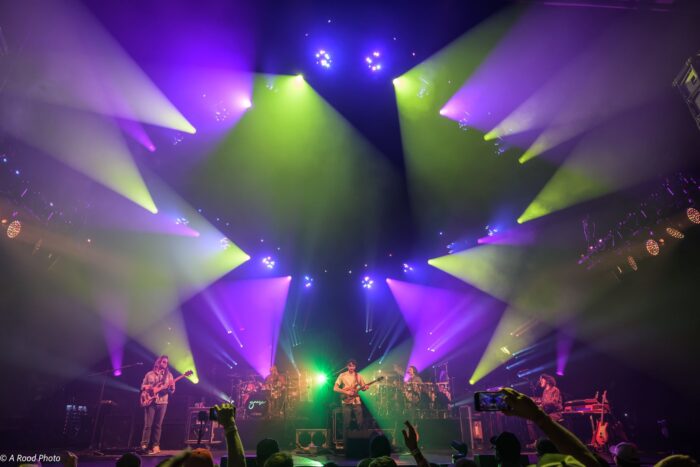
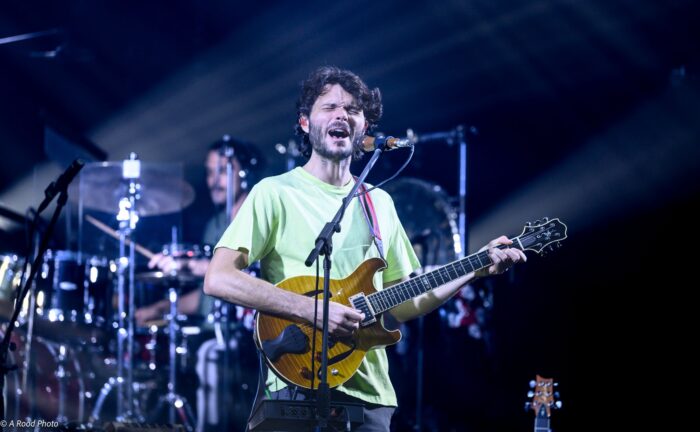
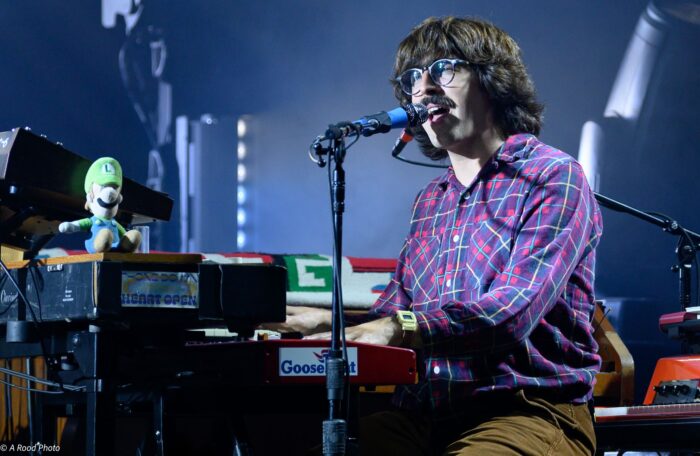
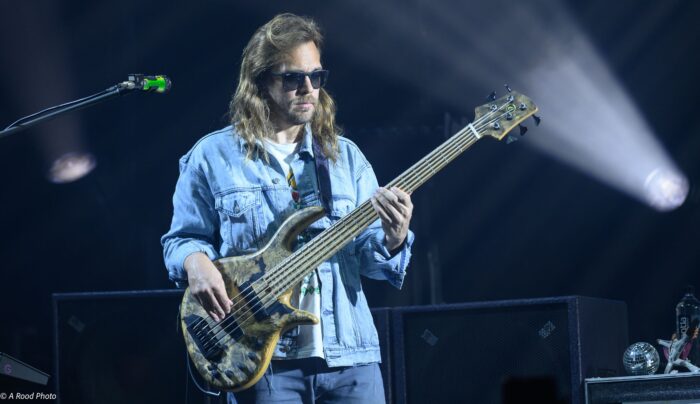

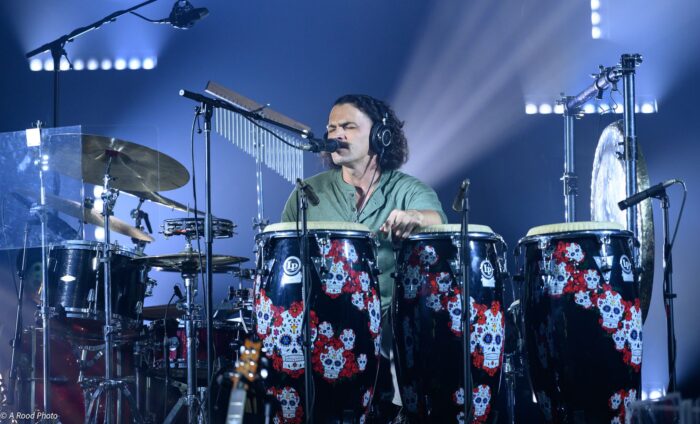
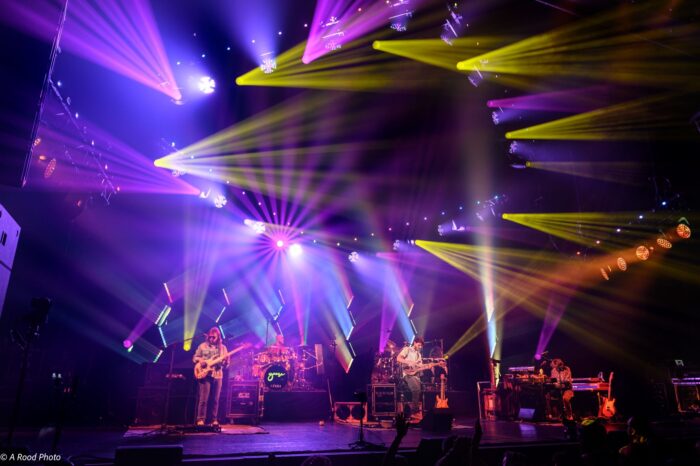
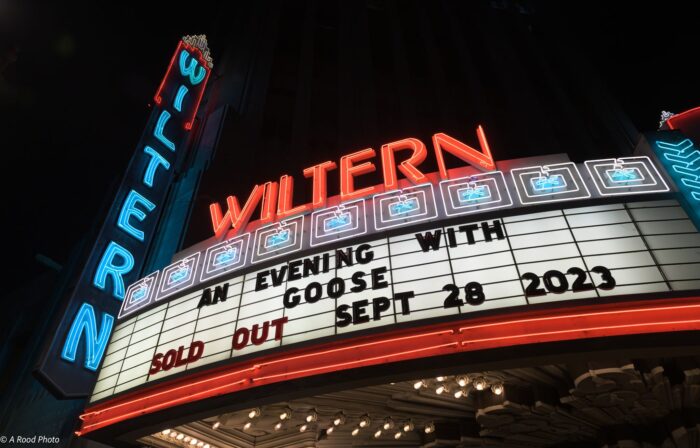


No Comments comments associated with this post